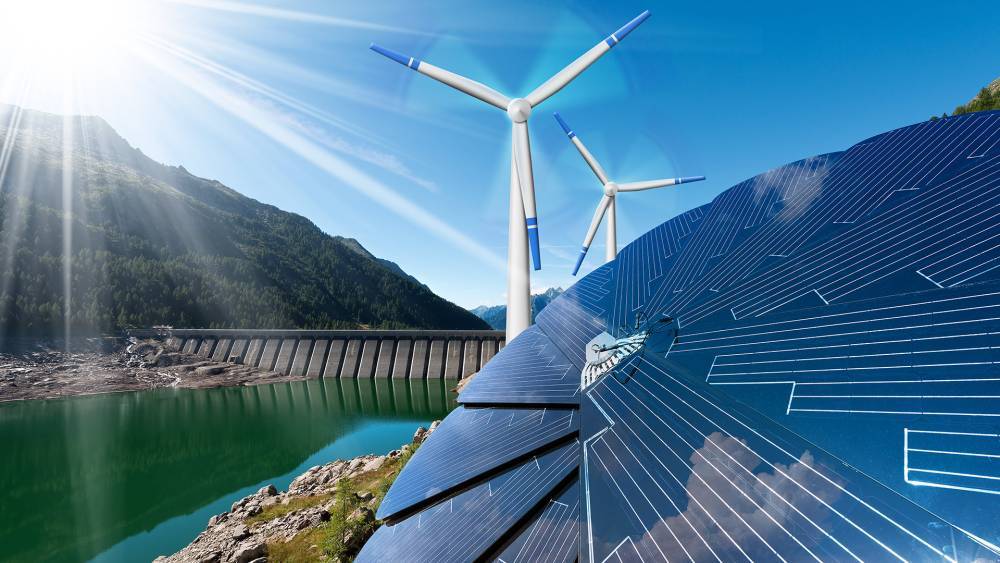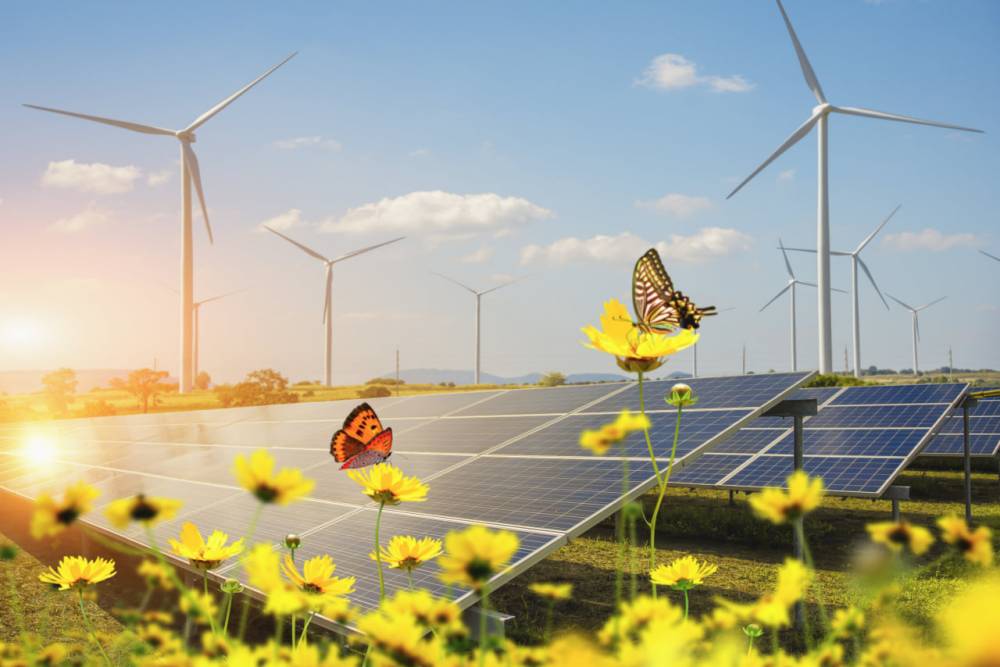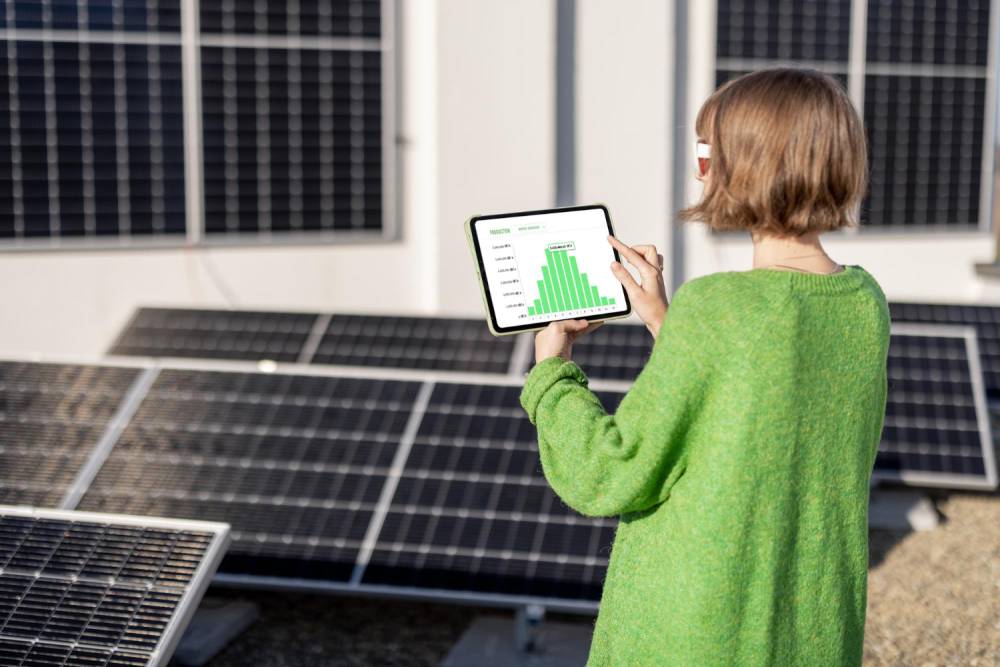Alternativ Enerji Qaynaqları Hansılardır? Günəş Enerjisi, Külək Enerjisi və Digərləri
Alternative Energy and Renewable Energy: What are they?
Alternative energy refers to energy obtained from natural sources that do not contribute to carbon emissions, such as solar energy, wind, rain, waves, and geothermal heat, and naturally renewable energy. These sources are very diverse, and we will provide some brief information about them in this text.
Energy is essential for human survival on Earth, and therefore the use of energy is of great importance. We must consider that alternative energy sources are environmentally friendly.
What are the Alternative Energy Sources?
Renewable energy sources can be classified as solar, wind, biomass, geothermal, hydroelectric, hydrogen, wave, and tidal energy sources. Renewable energy sources are superior to traditional energy sources because they renew themselves at a faster rate.
Some of the alternative energy sources are:
Solar Energy
Electricity is produced by the contact of sunlight with solar panels. The energy produced is connected to the power grid with inverters that have high conversion power. Thus, the energy produced can be used for consumption and can also be sold to the power grid. It is important to note that solar energy systems are divided into several types, such as on-grid, off-grid, and hybrid systems. These systems are installed in places that are suitable for alternative energy by alternative energy engineers.
Wind Energy
Wind turbines are needed to use wind energy. The working principle of the wind turbine is based on the movement of the air, which pushes the blades. The rotational movement of the rotor is accelerated and transferred to the generator. In this way, electric energy is produced through electromagnetic induction.
Biomass Energy
Biomass energy is obtained by the anaerobic decomposition of agricultural residues, organic forest residues, animal residues, and sewage sludge.
Geothermal Energy
Geothermal energy is the internal heat that spreads from the deep-seated hot regions of the earth's surface. Underground water heats up more, and this heat can reach the surface of the earth. Such areas are called geothermal areas. The main uses of geothermal energy are electricity generation, heating of homes, greenhouses, and thermal facilities.
Hydroelectric Energy
Hydroelectric energy is a type of energy obtained from water. In this method, turbines are used to convert the kinetic energy of falling water into mechanical energy. This mechanical energy is then converted into electrical energy using generators. Hydroelectric energy is a renewable and environmentally friendly source of energy.
Hydrogen Energy
Hydrogen energy is a type of alternative energy that can be produced by separating hydrogen from other elements. This process is called electrolysis and involves passing an electric current through water to separate the hydrogen and oxygen atoms. Hydrogen energy can be used to power fuel cells, which convert the energy stored in hydrogen into electricity. Fuel cells are often used to power electric vehicles and other portable devices.
Wave Energy
Wave energy is a type of renewable energy that is generated by the movement of waves. This energy can be harnessed using a variety of technologies, including oscillating water columns, point absorbers, and overtopping devices. Wave energy has the potential to provide a significant amount of electricity to coastal communities.
Overall, alternative energy sources are becoming increasingly important as we look for ways to reduce our reliance on fossil fuels and protect the environment. By investing in these technologies, we can help to create a more sustainable future for generations to come.





